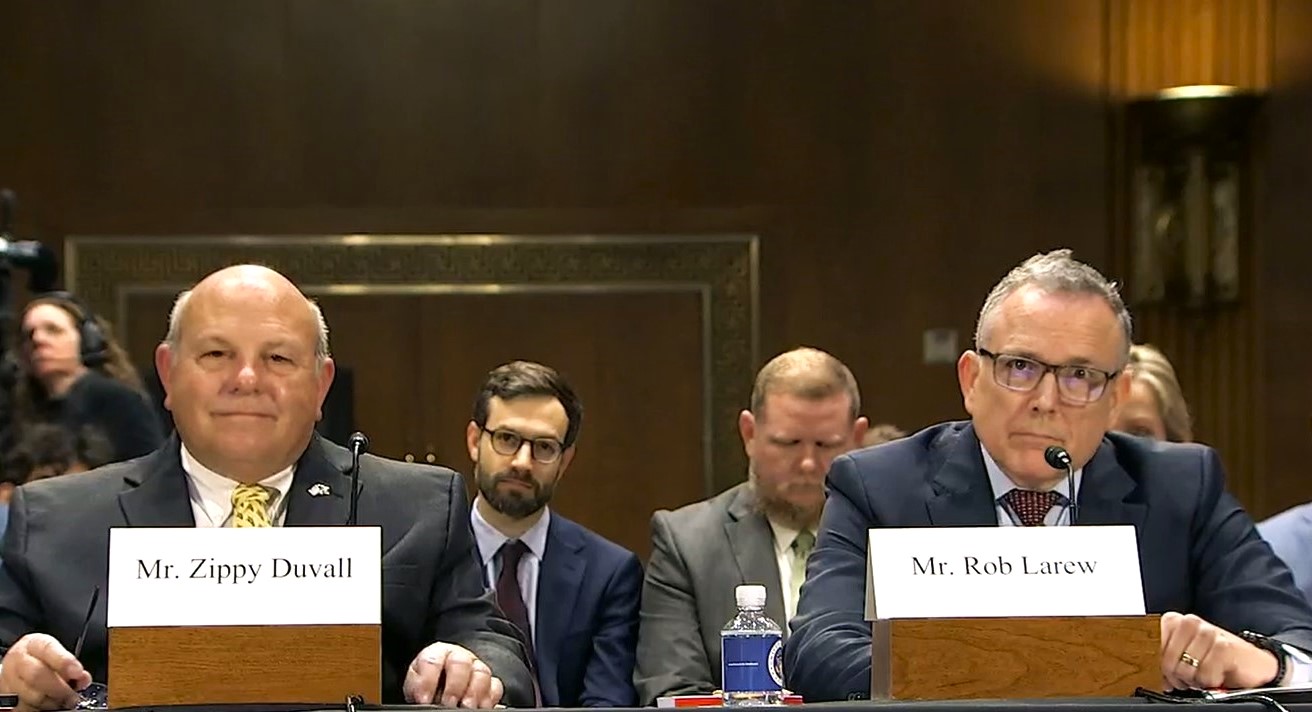KANSAS CITY , MO – The agricultural industry has been one of the biggest supporters of the “AM for Every Vehicle Act” since its introduction. Radio Ink says the industry has spending power of more than $576 billion spread across millions of workers.
MRI-Simmons, the leading study of American consumer attitudes and behaviors, explored the media choices of agricultural workers. Those workers are big audio consumers, with more than half qualifying as heavy listeners. They listen to audio 60 percent more than the internet and 51 percent more than television. At the other end of the media spectrum, close to half of all ag workers fall into the light user category for internet and TV and outnumber the heavy users.
Eight in 10 ag workers favor AM/FM and tune into radio, ahead of streaming audio, podcasts, and satellite radio. The heavy audio usage is likely because of the fact that it’s an “everywhere” media with easy access.
At the recent National Association of Farm Broadcasters (NAFB) Convention in Kansas City, the future of the AM band, which they and their audiences depend on, took center state at the conference.
“If we don’t keep going as advocates in our own industry, we’re going to lose because we cannot beat the money,” said Lance Knutson, GM at American Ag Radio Network, referring to the financial clout of automakers, several of which have removed AM radio from some of their vehicles. “We have to beat them by educating our listeners, our constituents, and fellow radio stations.”
From reporting in Inside Radio, Knutson and others attending a convention panel titled Maintaining AM Radio in Vehicles expressed concerns about car companies and Big Tech jockeying to open new subscription-based revenue streams in cars. “The dashboard is just prime real estate for new lines of revenue,” said Shawn Donilon, Executive VP of Government Relations at the NAB, who appeared via video. “In our advocacy, we are not bashful in saying they have an anti-competitive interest to exclude a free service, even if it’s lifesaving, even if it’s uniquely local. They want to monetize data streams. And free local radio is a threat to that.”
Tooting Radio’s Horn
Manny Centeno, Program Manager at Department of Homeland Security / FEMA, told the farm broadcasters it’s essential to blow their own horn about the reach and influence of broadcast radio. “AM/FM broadcast radio is still the dominant audio medium in this country,” he said. “You need to say so.”
FEMA continues to invest millions of dollars to upgrade and harden Primary Entry Point stations, including iHeartMedia “NewsRadio 1030” WBZ Boston and Bonneville’s “Seattle Sports” KIRO Seattle (710) to make them more resilient. “We know what they mean. But does your audience know what this means?” Centeno asked the panel, moderated by Brian Winnekins, owner and Farm News Director at “Reel Country” WRDN Durand, WI (1430), which is also heard on W297CH at 107.3 FM.
Centeno also called on broadcasters to partner with Spanish-language and religious broadcasters to raise the volume on industrywide efforts to preserve AM radio. “One of my concerns is having a bill passed today and five years later, another bill comes through that waters it down,” Centeno said. “So whatever we do for AM radio today has to be strong, has to be resilient, and it has to be sustained. It has to be permanent.”
Growing Congressional Support For AM Bill
The bill was passed out of committee in July, and its list of supporters has grown to 40 senators with the issue cutting across political lines. The House version of the bill (H.R.3413) also remains pending, with bipartisan support also growing with a total of 182 supporters.
Donilon encouraged broadcasters to take advantage of broadcast-ready spots, digital banner ads, sample texts and emails and other resources to mobilize listeners as part of the NAB’s “Depend On AM” campaign. Its website includes a call to action where listeners can quickly and easily reach out to members of Congress. “It’s a sophisticated mechanism, we’re able to track the listener activations, and what is going in to each member of Congress, whether it’s a tweet or an email to their constituent correspondence system.”
Acknowledging there are AM radio interference issues with electric vehicles, Donilon said evidence exists that those issues are solvable. He pointed to auto manufacturers who have resolved the interference issues, including Toyota which is maintaining AM radio in all of its EVs.
Need For AM Radio To Evolve
While he believes that radio and members of Congress who support the proposed legislation currently have the “upper hand,” Centeno said it’s incumbent on the industry to improve and evolve AM radio. It’s an issue frequently raised by EV makers. “What are we doing with what we have to improve upon it, to make it more available to our listeners and our consumers?” Centeno asked.
There is also a need for advocacy among local emergency officials. Pointing to the failure of local officials to communicate with the media and residents when horrific wildfires broke out in Maui in early August, Donilon urged broadcasters to develop relationships with emergency managers in their markets. They need to be educated about how to contact the local broadcasters in the event of an emergency in their jurisdiction. “We need to make sure that local emergency managers have radio top of mind in those critical situations,” Centeno said.













